Fabric comes in all shapes, sizes, weights, and constructions. It can be natural, synthetic, or manufactured. Some fabrics have more of a stigma than others. In this blog post, we will be asking the question; what is viscose? A textile that may be a little misunderstood.
What is viscose and where did it come from?
Perhaps you have heard of viscose, or maybe you know it better as rayon, the commonly-used term for viscose in the United States. But what actually is it?
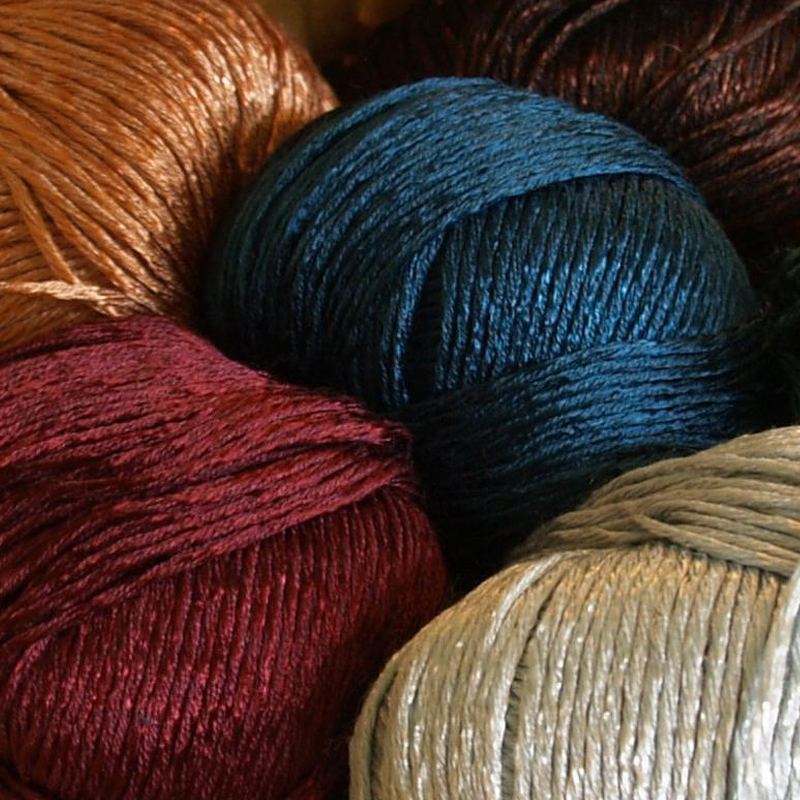
Viscose is a type of rayon. Originally known as artificial silk, in the late 19th century, the term “rayon” came into effect in 1924. The name “viscose” derived from the way this fiber is manufactured; a viscous organic liquid used to make both rayon and cellophane. What does this mean in English? Viscose is the generalized term for a regenerated manufactured fiber, made from cellulose, obtained by the viscose process.
As a manufactured regenerated cellulose fiber, it is neither truly natural (like cotton, wool or silk) nor truly synthetic (like nylon or polyester) – it falls somewhere in between.
Viscose is a low-cost fabric, which is popular thanks to its myriad of qualities. It can be found in cotton end uses, as well as luxurious velvets and taffetas. Viscose can also be found in feminine hygiene products, as well as tire cords.
Chemically, viscose resembles cotton, but it can also take on many different qualities depending on how it is manufactured.
So, what is this fiber of many faces? To really understand what viscose is, we need to understand how it is made and what it is made from.
What is cellulose?
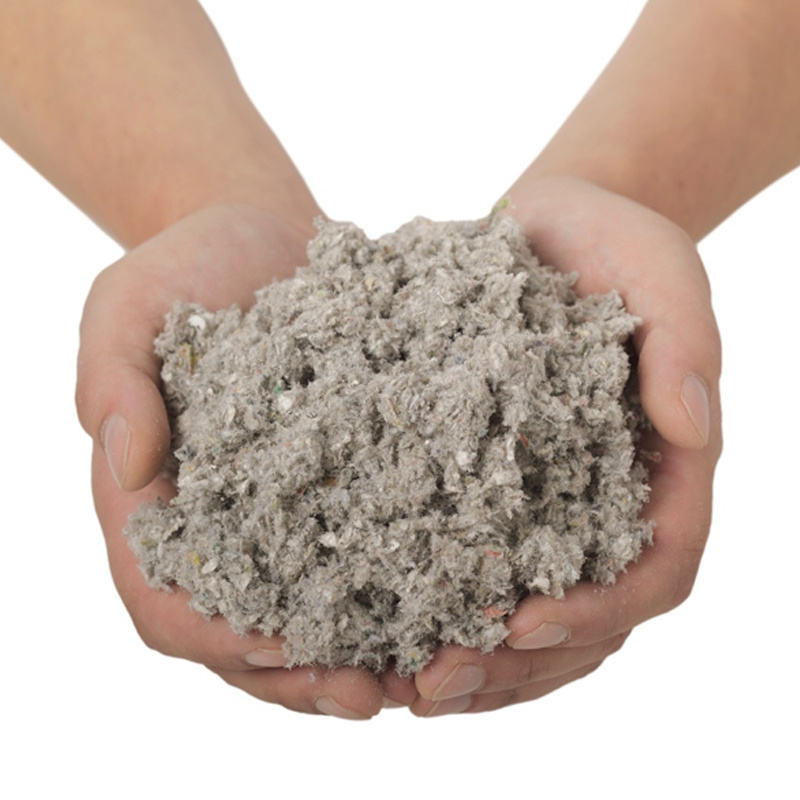
If a fiber is manufactured, then it is made from cellulose or protein. Cellulose is a carbohydrate and the chief component in the walls of plants. There is a difference between synthetic and manufactured fibers, which makes a difference in their sustainability. Viscose is made from wood pulp, making it a cellulosic fiber, like cotton or linen. It is often regarded as only partially manmade.
Manufactured fibers derive from naturally occurring cellulose, or protein, while synthetic fibers do not – they are completely manmade. So, if they come from a natural source, then why don’t they fall under the “natural fiber” category? Because they require extensive processing to get to the finished result. Therefore, the category of manufactured fibers is often referred to as “regenerated cellulose.”
Is viscose a sustainable fabric?
Because viscose is made from renewable plants, it is frequently cited as being environmentally friendly, and sustainable. But is this actually the case?
Viscose is the oldest manufactured fiber, first being produced in 1883 as a cheap alternative to silk. Viscose production generally begins with wood pulp, and there are several chemical and manufacturing techniques to make it.
This is where some controversy comes into play.
To create viscose, and make it stand up to regular wearing and washing, it must be chemically treated. The recycled wood pulp is treated with chemicals such as caustic soda, ammonia, acetone, and sulphuric acid. We, therefore, have a fabric, which comes from a natural and sustainable source, but that is made with chemicals.
Because viscose is made from cellulose, there is an argument to say that it is a more sustainable fiber then other synthetic fibers, such as polyester. Viscose is increasingly being manufactured using the Lyocell process. This uses N-Methlymorpholine N-oxide as the solvent. This method produces little waste products, making it far more eco-friendly.
What are some characteristics of viscose?
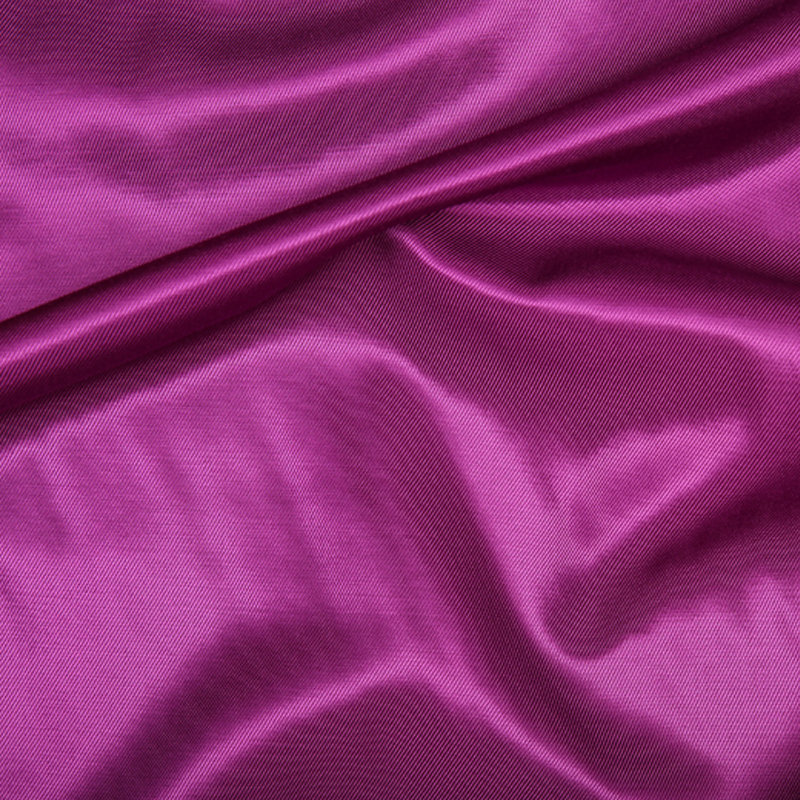
Viscose has a myriad of brilliant qualities, which makes it a popular fiber to work with. Thanks to its characteristics, several industries use it, to create a wide range of products. Some of the most beneficial characteristics of viscose include:
- Versatile – it blends very well with other fibers
- Breathable
- Drapes well
- Excellent color retention
- Highly absorbent
- Very smooth
- Does not trap body heat
- Relatively light
- Strong and robust
- Soft and comfortable
- Inexpensive
- No static build-up
These all sound great, but there are some slightly less positive traits to viscose. However, none of these are particularly negative. A little care during wearing and washing will make these traits obsolete.
- It can shrink when washed
- Can wrinkle easily
- Deteriorates with exposure to light
- Susceptible to mildew
- Fibers can weaken when wet
Viscose: a misunderstood fabric?
When a fabric is not labeled as “natural” then consumers can judge it harshly, without any true understanding of the fabric. Viscose is probably the most misunderstood of all fibers, manmade or natural. It is not a natural fiber, but nor is it synthetic.
In regards to the use of chemicals in the production of viscose, as fabric technology advances, many manufacturers are making considerable and positive efforts to ensure clean production. As we continue to strive for a green-friendly world, increasing work is being put into the sustainability of fibers such as viscose.
Viscose has many desirable qualities, which makes it a wonderful fiber to work with in many ways. Because of its unique versatility, many industries use viscose, from fashion to the medical profession, to everyday items in the home.
Printing on Viscose
You can print your designs on viscose in just a few simple steps. First, upload your design, photos or pattern. Then make sure it’s the right size and in the right position. Once you’ve done that you can choose whether to repeat your pattern using one of our repeat effects and then all that’s left is to choose your dimensions and place your order. Additionally, you can utilize our 30% Student Fabric Discount to shave some off the price. If you’re looking for more, we’ve got a 20% sitewide Student Discount on everything else! Or you can get your hands on a discount voucher if you order a test print first, plus it means you get to see for yourself just how easy it is.
What do you think?
We would love to know your thoughts on viscose. Do you love it, or are you wary of it? Let us know in the comments below.
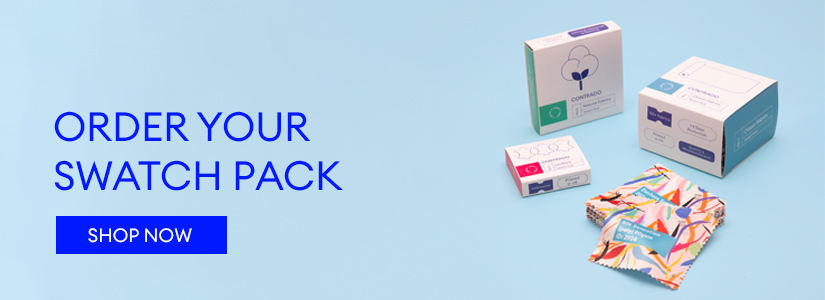


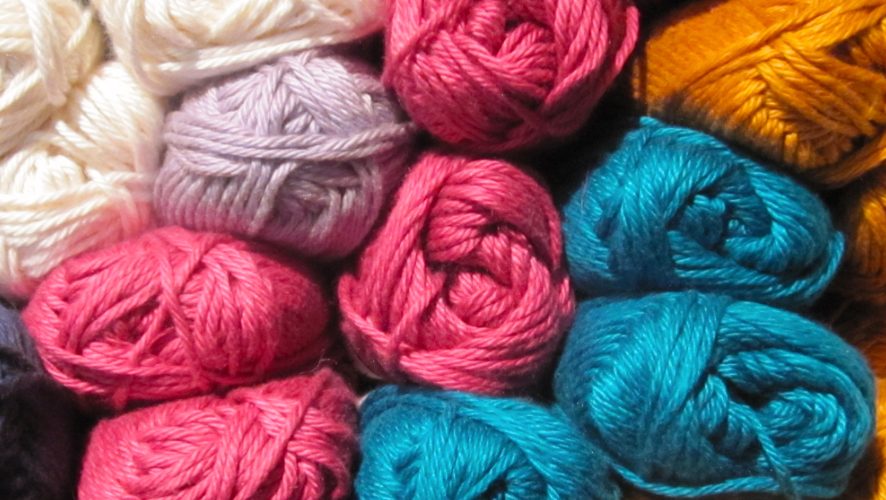
Thanks for writing this. Many people reviewing the fabric did not mention it being manufactured in an eco-friendly way. I have been wearing a lot of 95% rayon, 5% spandex all summer here in the southern US. I love how cool the fabric is. I have learned to wash this on delicate and allow it to dry on the hanger. If the dryer shrinks it, it can be stretched back out gently while wet be allowed to dry on the hanger from then on. I love this fabric! Since it is so soft after air drying on the hanger, there is no need to throw it in the dryer. I have to say that is certainly more eco-friendly fabrics that dry stiff unless they tumbled dry.
Hi Rita! We love rayon too, for this purpose specifically! Thanks for the washing and drying tips, very useful. We hope autumn is just as nice in the southern US as summertime.
The only reason I do not like this viscose product is because it fades with light you don’t even have to be in direct sunlight but beautiful use of purple and lavender fade out quickly they should think of some way to save the color saturation I take very good care of my clothes I hand wash and hang dry
Hey I have all kinds of allergies but not rayon so it has to pretty safe because I can’t wear anything but natural material I have to look at all the time at what things are made of I enjoyed this info you get 10 thumbs up thanks alot Elaine k
Is voscose irritating to the skin with all those chemicals in processing. I like mainly cotton and a good cotton that doesn’t get tiney holes in the front of top loke many are doing..I have some cotton tops that are still pinhole free after 8 yrs. of washing.
Hi, A! Wow! Cotton is amazing, isn’t it? Viscose is irritating to some and not others, so it’s worth trying to see how your skin reacts to the fabric. Let us know how it works for you!
I spent all day in a viscose sweater and itched all day. On top of that it already began to pill.. This is a new sweater.
The way you explained viscous is fantastic! It opened my mind to how some people think rayon and viscous is man made material, which frustrated me. Now, I have a better understanding of both materials. I find that rayon is one of my most favorite materials. I hope that when I purchase my first viscous blouse I will come to that conclusion also. — Again! Fantastic way of explaining and Thank you. Sigrid de Nijs
Hey Sigrid – Thanks! We’re so happy you found the blog post informative. Rayon is the best, isn’t it? It’s got a lovely color payoff when you print on it as well – seriously the perfect material. A new viscose blouse sounds gorgeous!! We’re always cooking up new blog posts about different, super cool fabrics, so stay tuned for more!
I have had a challenging experience trying to explain viscose as a fabric to retail customers purchasing rugs. Viscose can stain easily – even with water – if not dry blotted immediately. It is a horrible fabric if you have pets, particularly dogs, or in rugs that are used for entryways, breezeways or indoor patios. Check your composition details when purchasing rugs and ask the sales associate for help! Rugs can be a huge investment in time and money when choosing one for a room. Take steps to ensure the rug you choose will stand up to the usage and location in which it is placed!
Hi Ryan, that’s super helpful! I’ll definitely keep that in mind going forward, thanks! Best of luck discussing viscose in the future – hopefully, this article helped explain some things!
Hey there! Can I dye viscose with Indigo and get nice results?
Hi Priscilla! You actually can! Just ensure that when you’re mixing the dye, the pH level is at 11, which is best for viscose, cotton & linen. If you’re buying Indigo dye, do ensure that the pH level is correct. This is imperative for achieving the best results. Hope that helps! Best of luck!
Very informative and useful. Thanks a lot Kaity. Could you do other fabric review like Polyamide as well? I started to see a lot of them in fashion products.
Hey Kevin, thanks for your suggestion! We’ve got some more fabrics covered in 2020, but polyamide will definitely be added to the list, thank you! Keep a lookout for our upcoming posts, polyamide will soon be one of them.
Why do some manufactures list a garment as being made from viscous and others use the term rayon? Is there any difference At all?
Hi Linda, thanks for your question! Viscose is a type of rayon. Rayon is used more commonly in America, whereas Viscose is used more in Europe. They are very similar. Rayon is a category, and viscose is one type of fabric in that category.
What are other types of fabrics in the rayon category?
Hi B, thanks for asking! There are 4 main types of Rayon: regular/viscose rayon (discussed here), modal rayon (HWM – high wet modulus rayon), high tenacity rayon (mainly for industrial use like tires & cords), and cuprammonium rayon (similar to regular rayon but produced cheaper, less environmentally friendly). I hope that helps!
Can this be used as a filter for homemade masks
Absolutely! Viscose is breathable enough to be a filter. Some organizations also recommend using a cotton mask with a chiffon/georgette filter because those fabrics create an electrostatic filtration as well as the mechanical filtration from cotton.
When I search for “viscose” in online fabric stores it will often come up with “viscose cotton” fabric. What does that mean? I find it difficult to shop for this material when I can’t see and feel it. Hoping you can help me with the terminology.
Hi Jane! This is a common question. Viscose is purely made from regenerated cellulose fiber, whereas viscose cotton is regenerated cellulose fiber blended with natural cotton. If you’re finding it difficult to shop for viscose, you can always order a swatch pack here: https://www.contrado.com/fabric-swatch-pack or order a viscose fabric sample here: https://www.contrado.com/fabric-samples – Viscose is commonly used in blouses and casual dresses, so check your wardrobe too.
I am having same issue as previous commenter in that I’m finding extremely difficult finding “pure viscose” to purchase online. Everything I find says cotton viscose, which thanks to your response above, I know the difference. I did select the links you suggested and for both links could not find viscose in the available options. Do you have any other suggestions on how to locate to purchase “pure viscose” fabric, preferably not colored with dye.
I got a horrible skin reaction from the lint of my cotton towels. Over time little gray cotton fibers (same color as my towels) became embedded in my neck, chest and face. These areas are exposed when I sleep. The twoel lint was on the bedding, because I washed/dried them with the linens. Took a year and three dermatologists to figure out what was causing my gray skin. Accordingly, I need to purchase lint free towels/sheets. Can you tell me if viscose (rayon) from bamboo produces lint? I know other microfibers like polyte does not cause lint, but I also see bamboo viscose towels advertised as lint free . Is this true? I’m looking at a site called Cariloha that sells towels/sheets all 100% bamboo viscose. THANKS!
Hi Chris, I’m sorry to hear about your issues with cotton toweling! To my knowledge, bamboo viscose shouldn’t produce lint, but please test a sample before you purchase any. Best of luck to you!
Hi Kaity,
I love the explanation you have written but I still have a question… I bought compressed towels made with 100% viscose and it states to keep away from children. What would be the reason why? I understand it would be dangerous to put into your mouth if your a baby/toddler but are they safe to wipe their hands and faces?
Thank you ?
Hi Margie, I’m so glad I can help! I can’t advise on the safety of your towels unfortunately, but the best thing would be to contact the manufacturer or brand you bought it from and see if they can tell you more. I hope that helps.